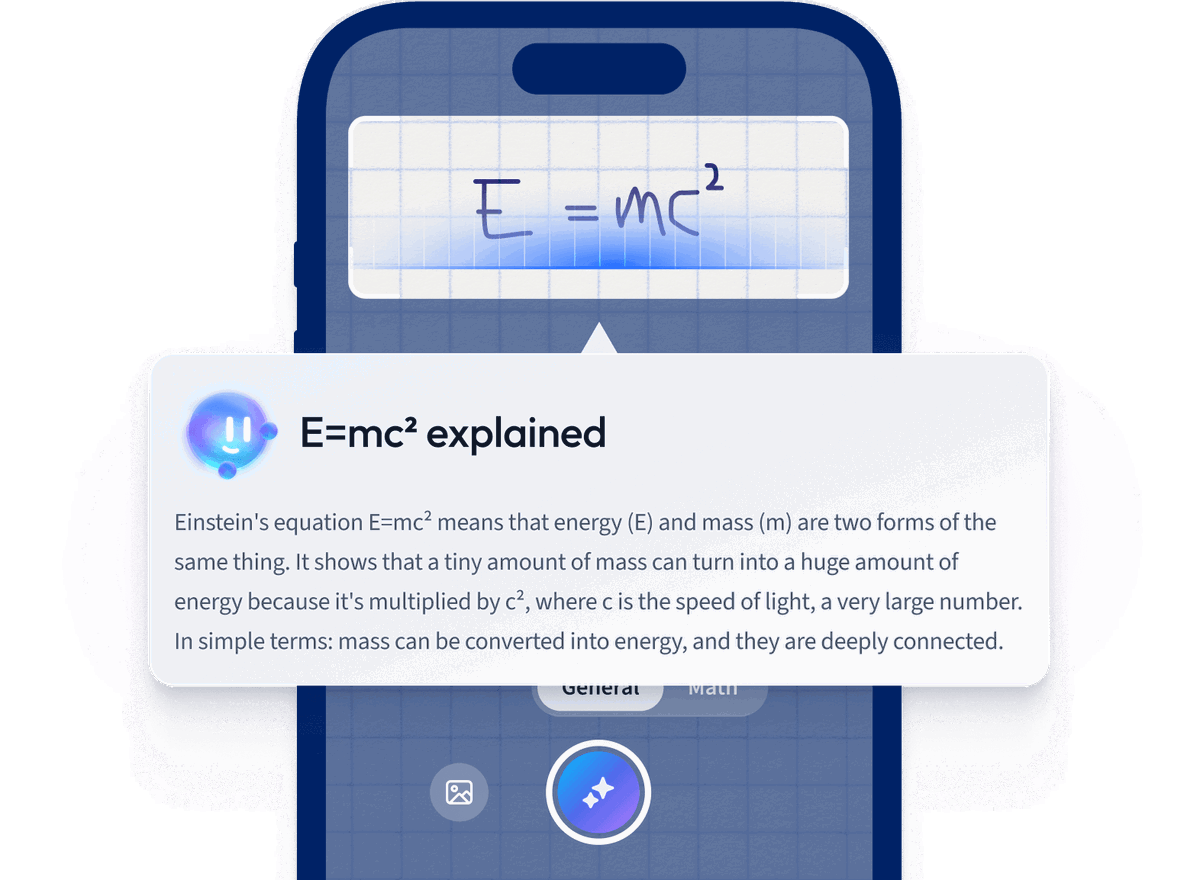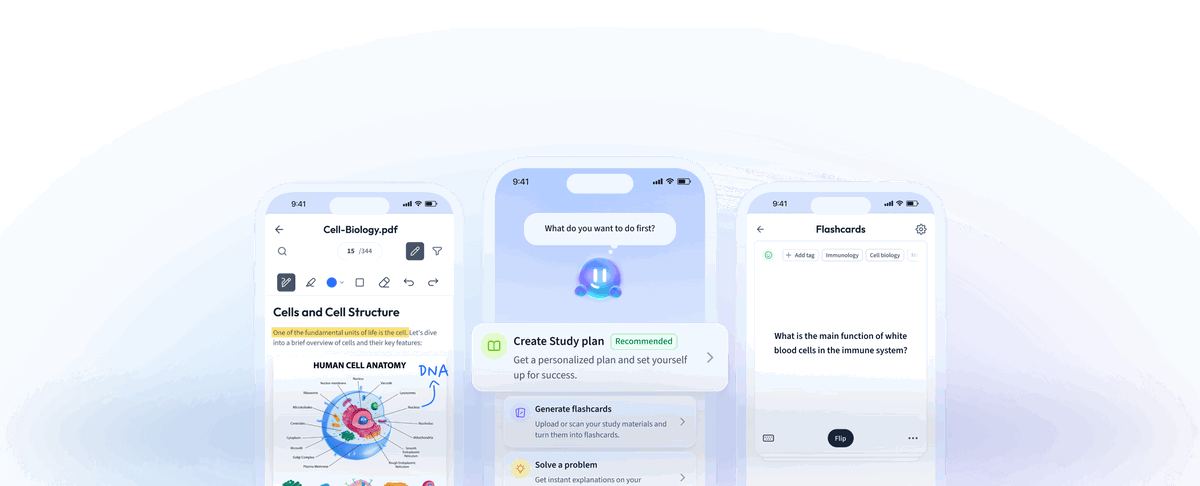Non-fiction: meaning
Non-fiction is a literary genre in which the information given is factual. It is a recount of real-life events. An example of non-fiction is a list of data or a collection of facts. Examples of non-fiction texts are textbooks for school, an author’s biography, and a non-fiction historical novel.
The difference between fiction and non-fiction
Non-fiction consists of only factual information and it chronicles real-life events. On the other hand, fiction consists of information that the writer has made up. Fiction may be based on real-life events or inspired by them, but it does not state precisely factual information. Instead, it incorporates a writer’s imagination and storytelling. This separates it from non-fiction.
Features of non-fiction texts
A non-fiction text may contain some, but not all, of the following features. The features of the non-fiction text depend on the type of non-fiction text. For example, a blog post review about a concert will not need to cite sources for where the writer got their ideas or statistics from, whilst an academic paper about mortality rates in Egypt will need to do so.
Factual information
These are facts which are often supported by evidence such as statistics, secondary sources and external research.
Technical vocabulary
This is vocabulary specific to the subject that the writer is discussing. For example, an English literature text on how to analyse poetry will contain technical terms and vocabulary like ‘caesura’ and ‘enjambment’.
Caesura: a pause in a sentence or line. This can sometimes be indicated by a full stop or a dash.
Enjambment: when a line in poetry is continued on to the next line.
Table of contents
A table of contents is usually used in research papers or in magazines. It provides readers with a structured list of the contents of the text they are reading. In some non-fiction texts like magazines, readers can skip to any page using the table of contents and start reading - they do not have to read the text chronologically. With other non-fiction texts like a research paper, readers may have to read the text chronologically to be able to follow the writer’s findings.
Headings and subheadings
Headings help separate the contents of a non-fiction text. Subheadings are a deep dive into the main heading.
The heading could be '21st Century Young Adult Literature', and the subheadings could be Stephanie Meyer's Twilight (2005)' and 'Suzanne Collins' The Hunger Games (2008)'.
Labelled diagrams
This can be used to show data in a non-fiction text. This is especially useful in academic texts.
Glossary
A glossary is a list that contains the definition of terms, usually technical terms, mentioned in a non-fiction text.
Pictures with captions
Pictures are a means to support the factual information a writer shares. An example of a non-fiction text where this is common is a travel writing article.
Types of non-fiction texts
There are various types of non-fiction texts which you can encounter on a daily basis or in your studies. A few of the most common types of non-fiction texts will be listed here.
Literary non-fiction
Literary non-fiction texts recount factual events, but do so in a creative and imaginative way. Techniques that you would see in fiction texts are used in literary non-fiction. For example, vivid description, a focus on setting the scene, and suspense (a sequence of events where the writer has a problem to overcome a conflict). An example of this is a blog review about a social or cultural event like an art exhibition or a music event, where the blogger gives a vivid description of the event and evokes a certain emotion or response from the reader.
Other types of non-fiction
Here are some other types of non-fiction texts, most of which you might already be familiar with:
- Newspaper articles
- Magazine articles
- Letters
- Diaries
- Textbooks
- Research articles
- Historical novels
Examples of non-fiction texts
Here are some examples of non-fiction texts. Perhaps you have already come across some of these!
SPQR: A History of Ancient Rome (2015) - Mary Beard
This non-fiction text is a history of the ancient Roman empire. The style of the text has literary elements as Beard creates a vivid picture of real-life events that occurred in the past. The novel also contains a series of pictures which show various artefacts that support Beard's writing. It has maps of Rome and the Roman Empire. A table of contents at the start of the novel allows readers to skip to the section they want to read about. The information in the novel can be read and understood fairly well without having read all the previous chapters in chronological order. Here is an excerpt of the table of contents:
Maps
Prologue: The History of Rome
Cicero’s Finest Hour
In the Beginning
The Kings of Rome
Rome’s Great Leap Forward
A Wider World
New Politics
From Empire to Emperors
‘How an age of anxiety became an age of depression’ (2010) - A.V. Horowitz
This academic research article focuses on the ‘Age of Anxiety’, which saw its peak in the 1950s and 1960s in the United States. It uses secondary literature from other researchers in the field of psychology to help explain the change in the practice of diagnostic psychology. The article also uses technical terminology such as ‘vegetative symptoms’ and ‘psychotic symptoms’. It has headings such as ‘How Depression Captured the Stress Marketplace’ and ‘The Rise of Biological Psychiatry’. At the end of the academic article, there is a bibliography that lists all the sources used to support the writer’s claims in the essay.
Vegetative symptoms: a person’s inability to carry out vital functions of living by themselves, like eating and sleeping.
Psychotic symptoms: experiencing hallucinations and delusions.
Lonely Planet Italy (2021) - Cristian Bonetto, Brett Atkinson, et al.
This travel guide features recommendations for activities to do and places to visit in Italy. It has maps and pictures with captions as evidence of what is detailed in the travel guide. It contains reviews by those who have previously visited eating establishments, stayed at mentioned hotels, and participated in cultural experiences.
‘Viola Davis says ‘‘critics absolutely serve no purpose’’' (2022) - Benjamin Lee for The Guardian Newspaper
This article is about American actress Viola Davis’ response to critiques about her performance in the film The First Lady (2022). Davis’ response is commented upon by Lee, a journalist for The Guardian newspaper in the United Kingdom. It is a recount of Davis’ comments and expresses her real-life considerations about feedback from critics.
Non-Fiction - Key takeaways
- Non-fiction is a literary genre in which the information that is given is factual. It is a recount of real-life events.
- Fiction consists of information that the writer has made up. Fiction is not based on real-life events. Instead, it incorporates a writer’s imagination and storytelling. Non-fiction consists of real-life events only.
- The features of a non-fiction text include factual information and technical vocabulary.
- One of the most popular types of non-fiction is literary non-fiction.
- An example of a non-fiction book is Lonely Planet Italy (2021) - Cristian Bonetto, Brett Atkinson, et al.
How we ensure our content is accurate and trustworthy?
At StudySmarter, we have created a learning platform that serves millions of students. Meet
the people who work hard to deliver fact based content as well as making sure it is verified.
Content Creation Process:
Lily Hulatt is a Digital Content Specialist with over three years of experience in content strategy and curriculum design. She gained her PhD in English Literature from Durham University in 2022, taught in Durham University’s English Studies Department, and has contributed to a number of publications. Lily specialises in English Literature, English Language, History, and Philosophy.
Get to know Lily
Content Quality Monitored by:
Gabriel Freitas is an AI Engineer with a solid experience in software development, machine learning algorithms, and generative AI, including large language models’ (LLMs) applications. Graduated in Electrical Engineering at the University of São Paulo, he is currently pursuing an MSc in Computer Engineering at the University of Campinas, specializing in machine learning topics. Gabriel has a strong background in software engineering and has worked on projects involving computer vision, embedded AI, and LLM applications.
Get to know Gabriel











